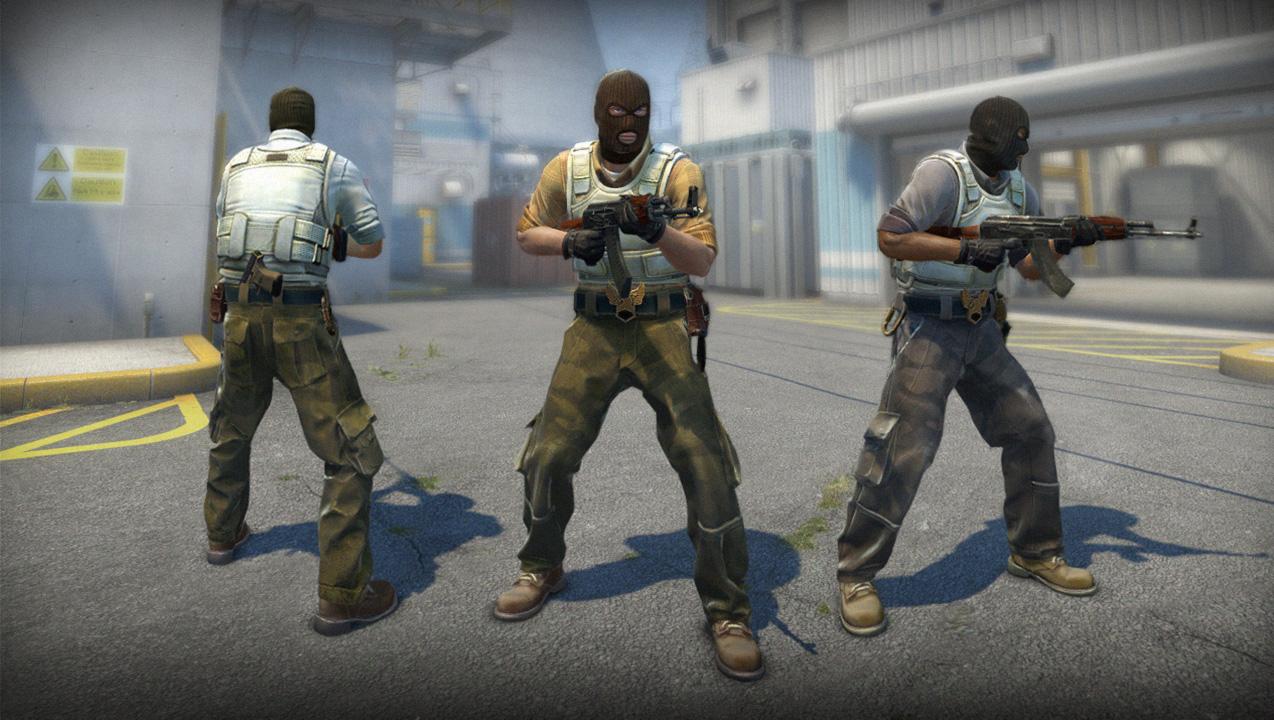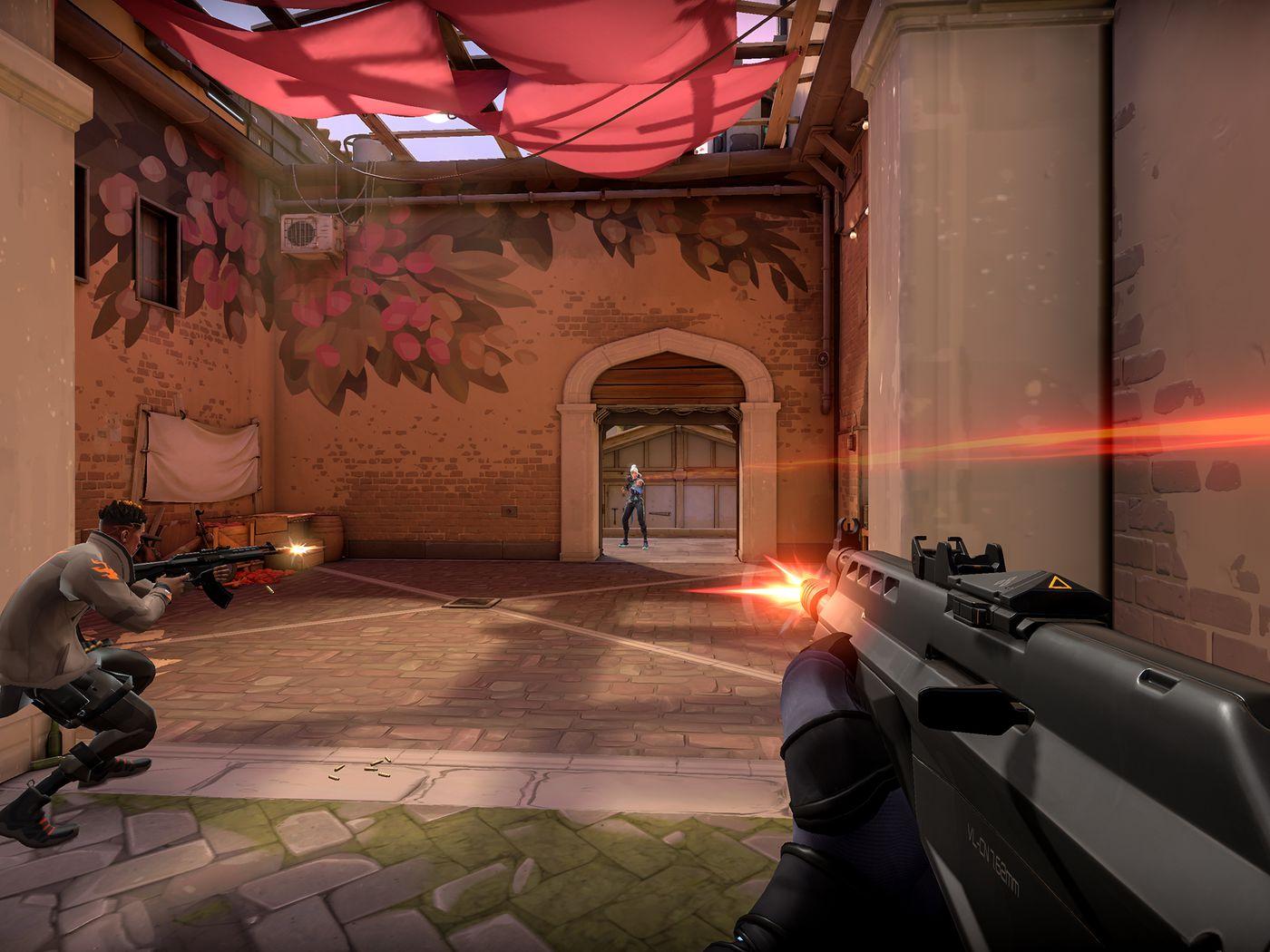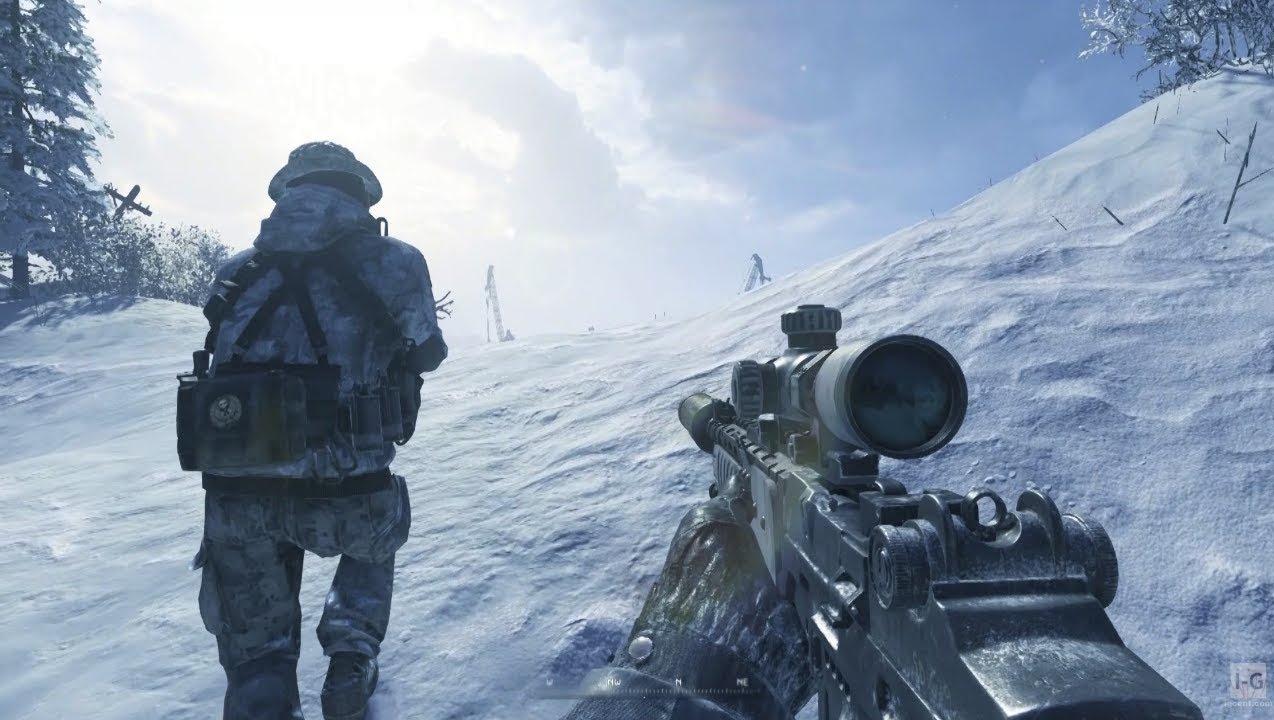
How CSGO not only survived, but influenced the last 20 years of gaming
“What do you play these days?” you ask your relative trying to connect via a shared interest. “You know, the usual. Mostly Counter-Strike,” they say.
In 2020, the above interaction is not an uncommon occurrence at a family dinner table but what is remarkable about this game in particular is that, while you probably had a person in your family in mind reading the interaction, it could reasonably both be either your uncle or your younger cousin giving you this answer.
20 years into its lifespan, Counter-Strike has become multi-generational, having been a staple of LAN parties for millennials and zoomers alike. Its formula is as evergreen as it gets in gaming, staying fresh despite rarely receiving new content. The core gameplay has remained the same, but is still exciting for both active players and viewers of the esport created around it.
Origins
It has been over two decades since Minh “Gooseman” Le and Jesse Cliffe created the wildly popular mod for Valve’s Half-Life. The developer quickly became wise to the potential of the game, acquiring it while integrating both creators into their team.
After going through several versions with 1.3 and 1.6 as the most prominent and important, Valve tried to release sequels with Counter-Strike: Condition Zero and Counter-Strike: Source. Only the latter garnered a large enough player base to gain esports relevance.
Considered a masterpiece due to its uniquely deep gunplay and movement, both of which were heavily changed in Source, 1.6 remained ahead of both titles as a competitive esport for the longest time. Only the eventual release of Counter-Strike: Global Offensive could retire CS 1.6.
More than just another video game, Counter-Strike was one of the phenomena that laid the foundation for esports as we know it, being one of the first team games that were played with any regularity on competitive circuits.
Starting with the biggest CS:GO News at the time, the Cyberathlete Professional League and the World Cyber Games were launched in 2000 and 2003 respectively. Eventually, the esport also found a home in Europe with the Electronic Sports League through its Intel Extreme Masters series in 2007, a name that many fans of the industry will recognise as one of the biggest third-party tournament organisers in esports.
Since then, Counter-Strike has remained alive and well, being hosted by countless companies all around the globe.
Counter-Strike’s chances of growing as an esport were slim in the early 2000s. Esports had not yet received the mainstream attention that it enjoys now and it lacked the serious investors that could help build the scene.
Esports titles featuring team-based gameplay were thought to be impossible, as competing required organizations to pay for five flights, five hotel rooms, and five salaries to make it work. This was in stark contrast to the other top esports of the time such as StarCraft: Brood War and Street Fighter, which were almost exclusively played as one-on-one titles.
On top of that, Counter-Strike’s theme of “terrorists vs. counter-terrorists” is problematic in 2020. This was even more so the case in the early 2000s, with memories of the September 11, 2001 terrorist attacks still fresh.
Key features for the ages
Counter-Strike survived this rough time because it isn’t just another first-person shooter. It’s a game of geometry, economy, technical mastery, strategy, and teamwork. The underlying concepts are interwoven and incorporated into action-packed gameplay that tells a story of the two teams that are facing off.
At the most basic level, everyone understands point and click, guns and bombs. Once pulled in, the viewer soon realizes that there is more to this game than meets the eye. Eventually, just as no player conceives of chess as a battlefield, initiated fans understand that Counter-Strike is a masterpiece masquerading as a generic, war-themed action game.
Its gameplay is a perfect arrangement for esports as well. Alongside its intuitive nature, it tells stories at an adequate pace, and gives breathers between each round for commentators to paint the picture.
The unchanging consistency of this game has allowed esports professionals to have careers of unprecedented lengths in a fickle business, with fans able to grow attached to legendary figures that have hung around for over a decade. No other esport does it as effortlessly, with such grace and heart, exactly because the initial formula has remained so similar for over 20 years. If the Lindy effect is anything to go by, it will be with us for many years to come.

While not direct carbon copies of the game, developers like GameHi with Sudden Attack and Riot Games with VALORANT have taken the core experience and have put their own spin on it from there.
Sudden Attack, which released in South Korea in 2005, quickly took over one of esports’ most important countries thanks to its free-to-play model. While the gameplay experience was largely the same, GameHi succeeded thanks to a superior understanding of the market.
In a similar sense, Riot Games has adopted Counter-Strike’s core gameplay experience but solved several issues that Valve’s game has had difficulty overcoming, trading realistic settings for a near-future, comic bookish world while counting on the established distribution platform of its popular MOBA, League of Legends. While the game has the potential to be huge because of that, and has indeed been called “the Counter-Strike killer,” any success with Valorant stands as a testament to Counter-Strike’s formula.
Some updates are eventually needed
Despite facing thematic and monetary battles, Counter-Strike has conquered each challenge over the years. While there are other competitive titles that have overtaken Counter-Strike in popularity such as League of Legends, almost all of them require frequent injections of new content in order to keep the fan base around.
At its core, Counter-Strike remains unchanged and has had few changes outside small map updates and new weapon skins. Updates in Counter-Strike haven’t functioned as improvements of the core product for a while now, but merely as a source of marketing that reminds gamers that Counter-Strike is still here, and is still as charming as ever.
In 2020, Counter-Strike’s esports scene has taken a hit due to the cancellation of live events around the globe and declining player numbers due to a bubble that formed from global lockdowns. Another reminder from Valve that Counter-Strike is still on top of the food chain might be needed soon.
Recommended

Can a VPN really lower your game ping? Myths vs. reality
Do you really need it?

MrBeast takes action on Ava controversy, responds to allegations
MrBeast has launched a private probe.








